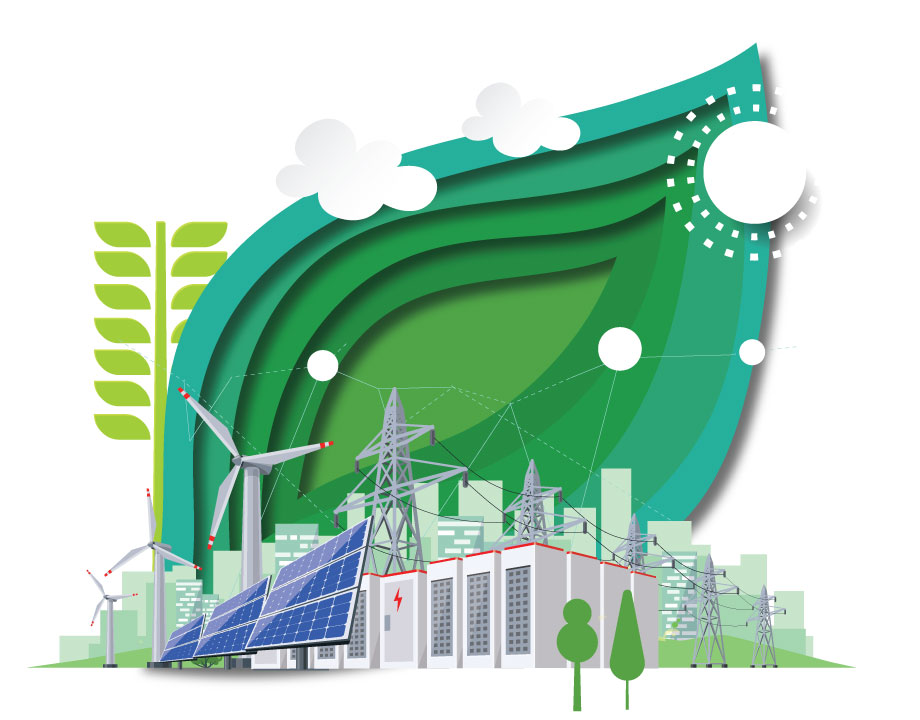Energy Blog: AI Propels Sustainable Solutions
Energy Blog: AI Propels Sustainable Solutions


From renewable energy to materials innovations, artificial intelligence is lending a hand to researchers at national labs across the U.S.
Artificial intelligence was a trending topic for most of 2023 and as the new year kicks off, its role in making new discoveries and innovations across industries continues to grow. Government focus on such emerging technologies led to the launch of the Department of Energy’s Office of Critical and Emerging Technology in December 2023, which aims to ensure investments and progress in areas such as AI, biotechnology, quantum computing, and semiconductors.
A series of research efforts at a few of the Energy Department’s 17 national labs announced in the last few months alone are looking to use AI in various ways.
After the Pacific Northwest National Laboratory (PNNL) created its own Center for Artificial Intelligence in December, which will help scientists working on a range of projects focused on science, security, and energy resilience, the lab kicked off a new venture on January 9 in partnership with Microsoft that will combine Microsoft’s high-performance computing and advanced AI models with PNNL’s research expertise. The Microsoft-PNNL collab will extend several years with a goal of using advanced AI models to find viable new materials and the chemistries for sustainable energy solutions. Researchers are already studying new battery electrolyte materials identified by the AI platform.
Become a Member: How to Join ASME
Over at Argonne National Laboratory, scientists used AI to investigate 160 billion organic molecules in the search for ones possessing liquid hydrogen. The goal is to find molecules for use in a low-cost catalyst-driven chemical reaction that would release hydrogen for use in fuel applications. Researchers were able to identify 41 such carrier compounds, the most promising of which will next be tested to determine their sustainable energy potential.
This search for sustainable solutions echoes possibilities discussed in a Jan. 12 article from the World Economic Forum, noting that AI is widely considered as a vital tool toward achieving net zero emissions across a range of industries. But the WEF emphasizes that the quality of data being fed to AI applications would need to be vastly improved for it to make a true difference.
In a similar vein, Google's AI lab, called Google DeepMind, in late November contributed about 400,000 new compounds to the Lawrence Berkeley National Laboratory's Materials Project—the most widely used open-access repository of information on inorganic materials in the world. This provided scientists with even more data from which to draw in their pursuits of new materials for applications across technologies and industries, such as carbon capture, thermoelectrics, or even photocatalysts.
Meanwhile, researchers at Los Alamos National Lab (LANL) are using AI models to create better permafrost maps to help better predict climate change-related impacts to infrastructure. Current models have difficulty in showing how permafrost thaw’s effects on both the environment and nearby infrastructure, as the most widely used model today has a resolution of just one-third of a square mile. The new AI model’s resolution is nearly 100 square feet, making risk assessment far easier.
Louise Poirier is senior editor.





